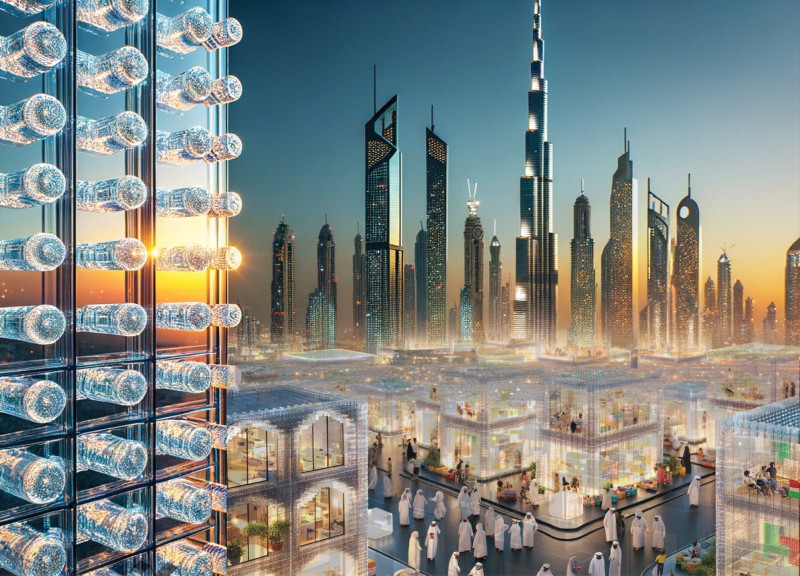5 key facts about this project
At the heart of this project lies a clear conceptual framework that drives its architectural narrative. The structure seeks to establish a dialogue with its surroundings, utilizing a combination of local materials and traditional building techniques that resonate with the cultural identity of the region. The project's design function is multifaceted, serving as a community space while also promoting environmental sustainability. The architects have demonstrated a commitment to creating an inviting atmosphere that encourages social interaction among its users, fostering a sense of belonging and community.
The architectural design is characterized by its thoughtful spatial organization and the careful placement of key elements. This includes expansive gathering areas that facilitate engagement and collaboration, as well as intimate spaces that offer refuge and contemplation. Natural light floods the interiors through strategically positioned windows and skylights, enhancing the overall ambiance and promoting energy efficiency. The circulation pathways are designed to be intuitive, guiding visitors through the space in a seamless manner.
A remarkable aspect of this project is its unique structural system, which utilizes a combination of steel and timber. This hybrid approach not only allows for expansive open spaces but also celebrates the aesthetic qualities of the materials. The exposed timber beams serve as a testament to the craftsmanship involved in the construction, adding warmth and texture to the building's interior. Furthermore, the careful selection of these materials aligns with sustainable building practices, reducing the overall carbon footprint of the project.
The incorporation of green roofs and living walls reflects a commitment to environmental stewardship and enhances the project's sustainability profile. These features contribute to biodiversity, help to regulate building temperatures, and reduce stormwater runoff. The overall design exemplifies resilience to climate challenges, an increasingly important consideration in contemporary architecture.
In exploring the architectural details, one can appreciate the careful attention given to the facade. The exterior cladding combines natural stone and wood, harmonizing with the landscape and establishing a visual connection with the site. The project's design does not shy away from using local motifs and patterns, thus enriching the architectural narrative and rooting it firmly within its context. Such elements are thoughtfully integrated to evoke a sense of place that is both contemporary and respectful of tradition.
The architectural plans reveal additional layers of complexity within the layout, indicating how spaces are organized to maximize functionality while promoting a sense of community. The architectural sections further illustrate how various levels interact, showcasing the building's height and volume in relation to human scale. Each detail serves as a reminder of the project’s overarching goals: to create a welcoming environment, promote sustainability, and encourage social engagement.
This project stands as a model of modern architectural ideas, blending functionality with an understanding of the socio-cultural dynamics at play within its environment. It invites observers to reconsider the role of architecture in shaping community and interaction. As you consider the elements that have been discussed, including architectural plans and sections, you are encouraged to delve deeper into the unique features and design considerations that make this project noteworthy. Engaging with the project presentation will provide further insights into the thought processes that influenced this design, underscoring the subtle intricacies that define the architectural narrative.


























